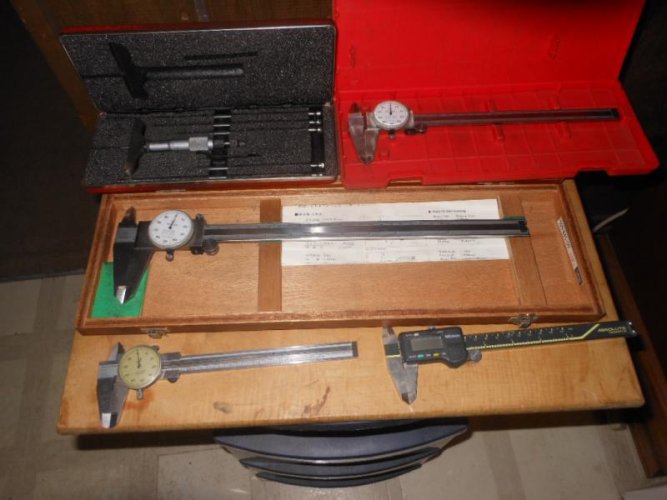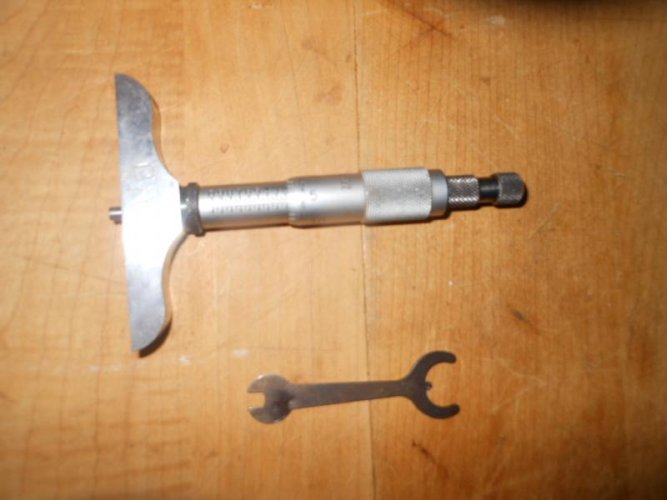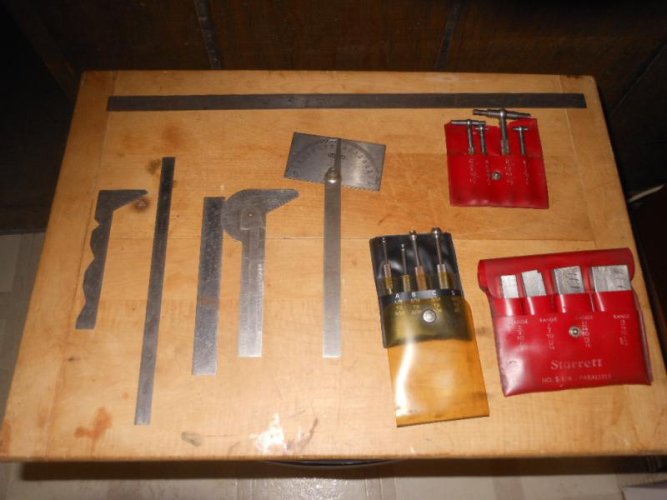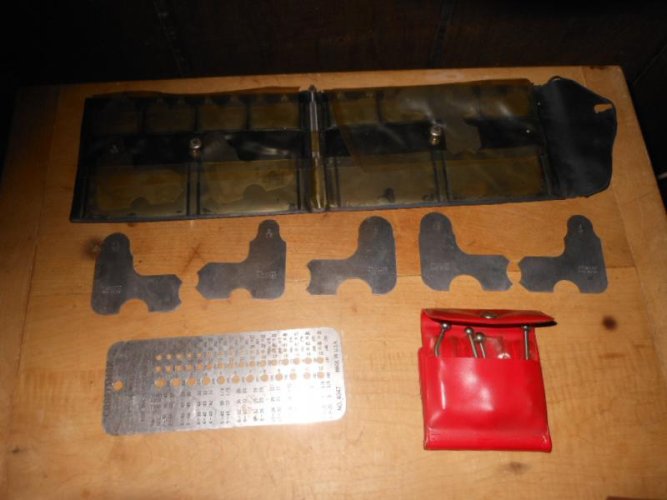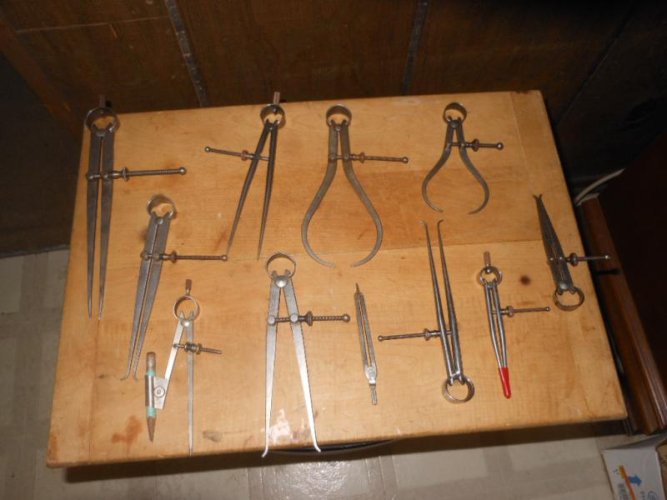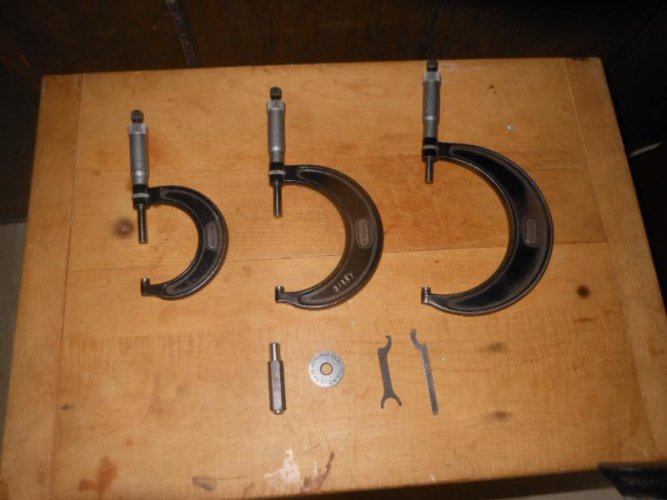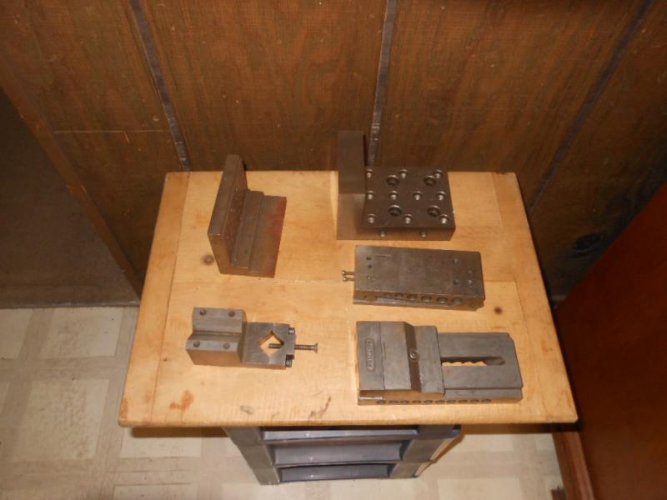I recently acquired about 20 valve shims for my '95 K75S and I'd like to get rid of the ones that I can no longer use.
Out of all of them, I only have one that still has the printing left on the backside. That particular one reads 2.50, but I measure it at 2.55 mm with my digital calipers. Therefore, can I assume that all of the other other valve shims are actually +0.05mm above what they would be printed at?
Hopefully that makes sense...
Out of all of them, I only have one that still has the printing left on the backside. That particular one reads 2.50, but I measure it at 2.55 mm with my digital calipers. Therefore, can I assume that all of the other other valve shims are actually +0.05mm above what they would be printed at?
Hopefully that makes sense...


